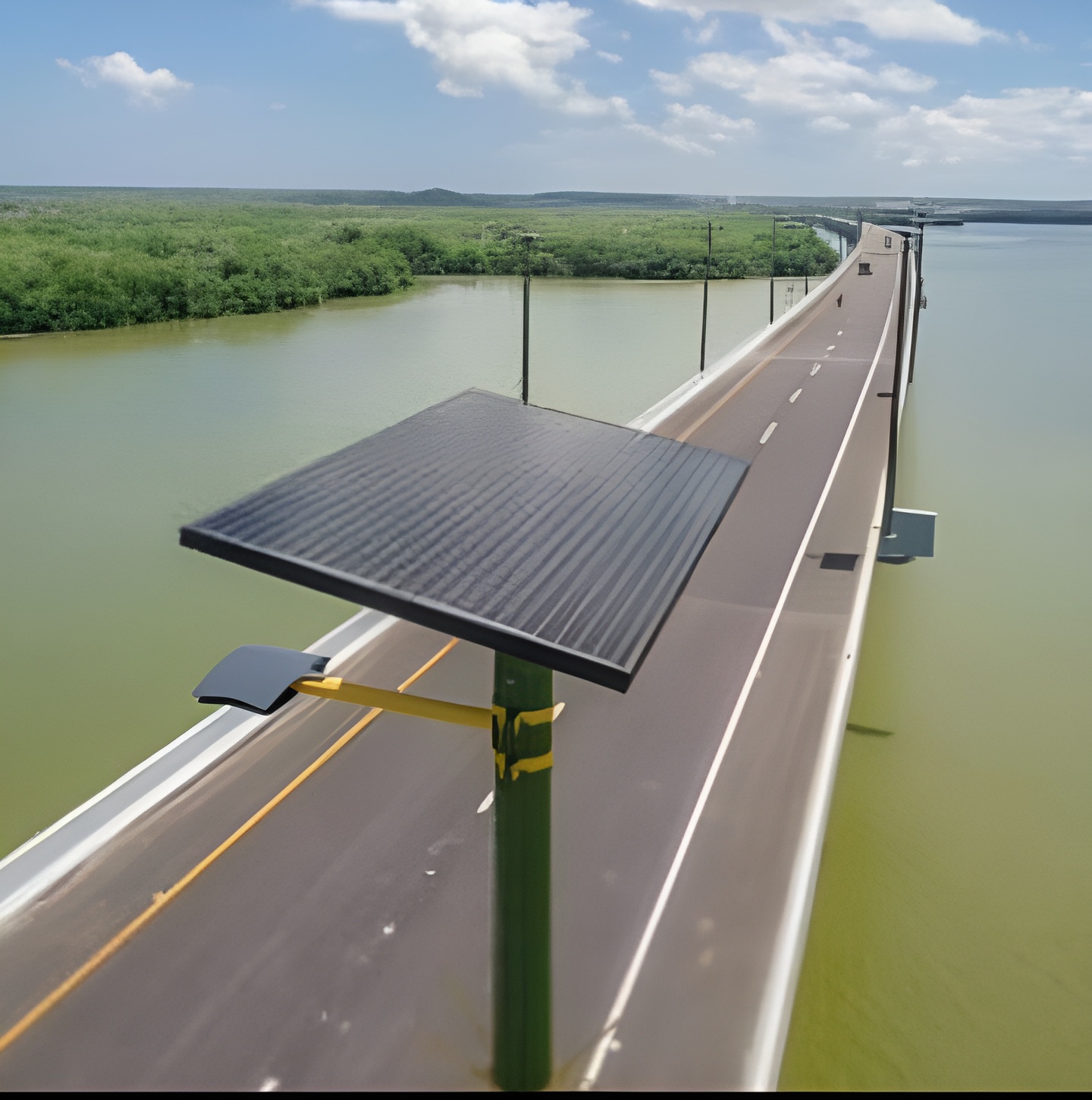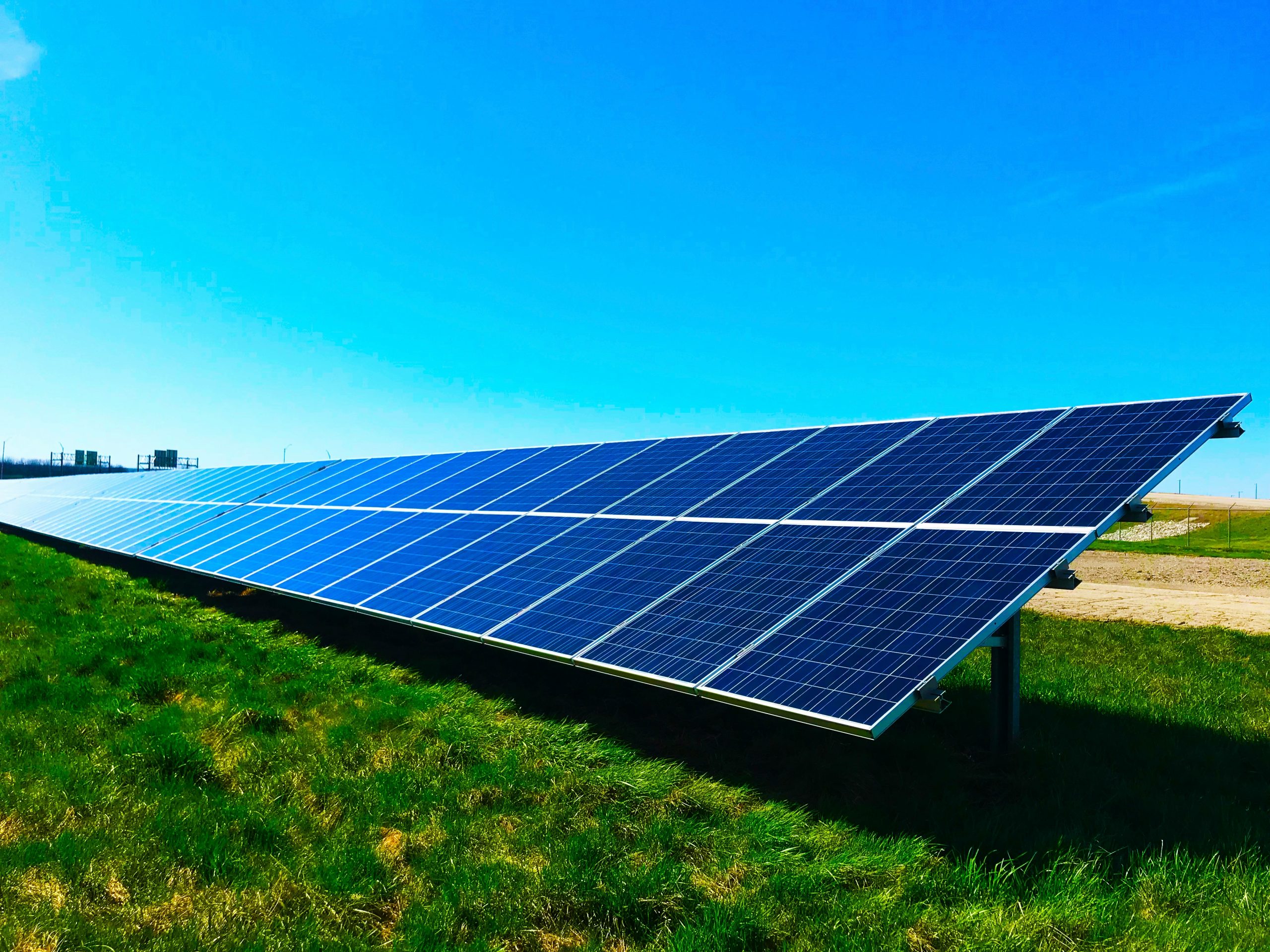Introduction: The Next Frontier in Urban Solar Energy
In the race towards a sustainable energy future, efficiency and intelligence in solar system design are paramount. Cities, with their complex architectural landscapes and escalating energy demands, present unique challenges. It is here that Generative Solar Design (GSD) emerges not just as a solution, but as a revolution. Forget traditional approaches; we are entering an era where Artificial Intelligence (AI), the Internet of Things (IoT), and Digital Twins not only assist but lead the creation of intrinsically optimized and adaptive urban photovoltaic (PV) ecosystems.
What is Generative Solar Design?
Generative Solar Design is an advanced approach that utilizes AI algorithms, particularly machine learning and neural networks, to autonomously explore thousands, even millions, of potential design configurations for PV installations. Unlike traditional design, where a human tests a limited number of options, GSD:
- Defines Objectives and Constraints: Goals are set (e.g., maximizing energy yield, minimizing LCOE, optimizing self-consumption) alongside limitations (e.g., available space, regulations, shading, aesthetics, structural capacity).
- Generates Multiple Solutions: AI generates a wide array of design solutions that meet the constraints.
- Evaluates and Learns: Each solution is assessed against the objectives. The system learns from the results to refine and propose even better designs.
- Presents Optimal Designs: It offers the most efficient and viable solutions, often uncovering innovative configurations that a human designer might not have considered.
The Unstoppable Tech Trio: AI, IoT, and Digital Twins in GSD
The true power of Generative Solar Design is unleashed through the convergence of three transformative technologies:
- Artificial Intelligence (AI): The Optimizing Brain
- Machine Learning and Deep Learning algorithms analyze complex data (geospatial, climatic, consumption) to identify patterns and predict performance.
- Neural Networks drive the generative processes, learning and evolving designs for superior efficiency.
- AI enables continuous self-optimization, even post-installation.
- Internet of Things (IoT): The Ecosystem’s Senses
- Sensors deployed in the urban environment and on the PV installation itself collect real-time data (irradiance, temperature, production, component health, consumption patterns).
- This vital information feeds both the Digital Twin and AI algorithms, enabling dynamic adjustments and predictive maintenance.
- Digital Twins: The Virtual Proving Ground
- A detailed virtual replica of the urban environment and the proposed (or existing) PV system is created.
- This digital twin serves as a sandbox where AI can simulate and test countless designs and operational scenarios بدون risk or physical cost.
- It allows for visualizing the impact of shading, weather conditions, and different panel configurations with unprecedented accuracy.
Key Benefits of Generative Solar Design
Adopting GSD is not an incremental improvement; it’s a quantum leap със tangible benefits:
- Exponential Maximization of Energy Efficiency: Uncover designs that harness every available photon, even on the most complex rooftops and facades.
- Superior Optimization for Complex Urban Environments: Master the challenge of dynamic shading, multiple orientations, and irregular building geometries.
- Drastic Reduction in Project Costs and Timelines: Automate design processes that would take weeks or months, reducing errors and optimizing material usage.
- Creation of Truly Self-Optimizing PV Ecosystems: Systems can adapt to changing conditions and predict maintenance needs, ensuring peak long-term performance.
- Enhanced Architectural Integration: AI can consider aesthetic and functional factors to integrate PV systems more harmoniously into building design.
- Higher ROI and Lower LCOE: By maximizing output and minimizing costs, GSD significantly improves the economic viability of urban solar projects.
- Boost for Smart, Sustainable Cities: Facilitates large-scale urban energy planning and contributes to achieving decarbonization goals.
Applications of Generative Solar Design: Transforming the Urban Landscape
The potential of GSD is vast, spanning multiple sectors:
- Urban Planning and Real Estate Development: Optimized design of solar districts and net-zero energy buildings.
- Architecture and Engineering: Building-Integrated Photovoltaics (BIPV) with innovative, high-performance designs.
- Energy Asset Management: Retrofitting existing installations to enhance their efficiency.
- Energy Consulting: Offering cutting-edge design services with superior outcomes.
The Future is Generative: Why Your Business Needs to Adopt GSD Now
In a rapidly evolving energy market, falling behind is not an option. Generative Solar Design offers a decisive competitive advantage:
- Technological Leadership: Positions your company at the forefront of solar innovation.
- Superior Outcomes: Delivers more efficient, profitable, and sustainable projects.
- Future Resilience: Creates intelligent, adaptive systems prepared for tomorrow’s challenges.
Companies that fail to integrate artificial intelligence and generative approaches into their solar design processes risk becoming obsolete, outpaced by those who can deliver performance and efficiency previously unimaginable.
Conclusion: Embrace the Generative Solar Design Revolution
Generative Solar Design, fueled by the synergy of AI, IoT, and Digital Twins, is not just a promise; it’s an emerging reality подаръци the boundaries of what’s possible in urban solar energy. It is the engine that will drive the creation of truly intelligent, efficient, and self-optimizing photovoltaic ecosystems, paving the way for greener cities and a sustainable energy future. The question isn’t if GSD will transform the industry, but how quickly your organization will adopt it to lead the charge.



